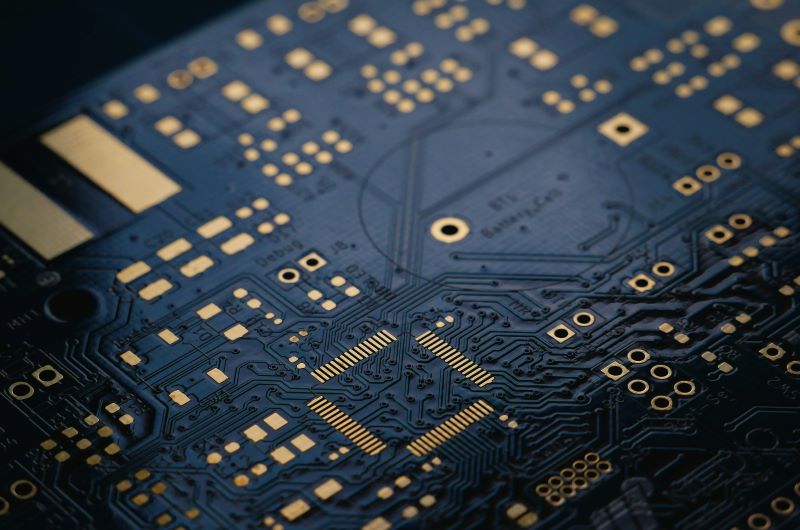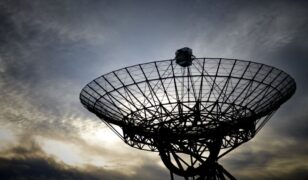Army Cyber CoE seeks research papers
 On July 7, the U.S. Army Cyber Center of Excellence posted a request for research papers. White papers are due July 15.
On July 7, the U.S. Army Cyber Center of Excellence posted a request for research papers. White papers are due July 15.
HQDA EXORD 057-14 established the CCoE and designated the CCoE CG as the Force Modernization Proponent for Cyberspace Operations, Signal Communications Networks and Information Services (Signal) and Electronic Warfare (EW); and established the Signal and Cyber Schools. The EXORD further established the CCoE as the focal point for Army Force Modernization for Cyberspace Operations, Signal, and EW as well as the coordinating partner with the Intelligence Center of Excellence (ICoE) for institutional intelligence support to Cyberspace Operations. To that end the CG directed the establishment of an annual Prototyping Experiment to help go after innovative solutions to specifically close critical capability gaps to address Army Warfighting Challenge # 7:
Conduct Space and Cyber Electromagnetic Operations and Maintain Communications – How to assure uninterrupted access to critical communications and information links (satellite communications [SATCOM], positioning, navigation, and timing [PNT], and intelligence, surveillance, and reconnaissance [ISR]) across a multi-domain architecture when operating in a contested, congested, and competitive operating environment.
The Army Cyber CoE is looking for government solution providers, commercial vendors and academic institutions that have research papers to address these signal, cyberspace and electromagnetic spectrum critical capability needs. These papers will be down selected to find the three (3) top papers by a panel of academic experts as well as field technical experts in the requisite areas matching paper topics. Georgia Tech Research Institute has graciously offered to participate in this panel (peer review process) and to ensure that the papers get the appropriate academic feedback to assist the authors to refine their specific research.
Authors will be provided the opportunity to present an abstract of their paper at TechNet Augusta 2-4 August 2016 to an audience and panel consisting of DoD representatives, peers and the vendor community interested in unique thought, innovative approaches and/or novel solution approaches to some of the more critical capability gaps and learning demands facing our signal, cyber and electronic warfare community. Travel and registration expenses will be covered for authors of these three papers. Furthermore, the intent is to publish at least these three papers within the Army Signal Magazine (http://www.afcea.org/content/#).
Research Areas of Interest: The following capabilities and concepts are of research interest:a. Short term capability gaps:
i. Tactical Forensics and Malware Detection, and Analysis
ii. Insider Threat Detection
iii. Defensive Cyber Operations (DCO) and DCO Mission Planning
iv. Tactical Electronic Warfare Sensors data compression and aggregation
v. Tactical Sensor data efficiencies and visualization
vi. Visualization and management of EW effects
vii. Integrated Network Operations (NETOPS) Capabilities to manage both Upper Tactical Internet and the Lower Tactical Internet.
viii. Tactical Content Delivery, Storage Infrastructure, File sharing and Knowledge Management
ix. Automated Cybersecurity and Network Defense at the tactical edge
x. Network capacity and reach
xi. Software defined radio security methodologies
xii. Cyber Situational Awareness and Understanding capabilities
xiii. Big Data Analytics at the tactical edge
xiv. Defensive techniques for critical manned and unmanned, aerial and terrestrial, and information collection systems
xv. Improve the defense of critical commanders communication and command and control systems
xvi. Improve the survivability and utility of electronic systems in an EMSO congested and/or positioning, navigation and timing denied environment.
xvii. Improve Army operational data sharing and efficiency between Joint and Coalition partners within a Combined Joint Task Force (CJTF) operational construct.
xviii. Determine means to improve the efficiency of decisions and delivery cycle of Cyberspace effects utilizing Electronic Warfare assets.
xix. Improve the efficiency of sensors and data collection at the Soldier level.
b. Near term capability gaps:
i. Anomalous/malicious insider detection in large scale networks
ii. Autonomous active computer network defense for large scale networks
iii. Intrusion detection/prevention in large scale networks
iv. GPS jamming mitigation for GPS dependent radios and computer systems
c. Long term capability gaps:
i. Quantum computing integration and benefits
ii. Quantum computing based computer network defense
iii. Confidentiality, Integrity, Availability impacts within a Quantum Computing technology landscape
iv. Autonomous/active and cognitive RF techniques – contested RF avoidance/optimization & jamming avoidance
v. Data storage and protection in a quantum computing environment
vi. Crypto alternatives in a quantum computing environment
vii. Cyber Genome approaches to computer network defense
Full information is available here.
Source: FedBizOpps







